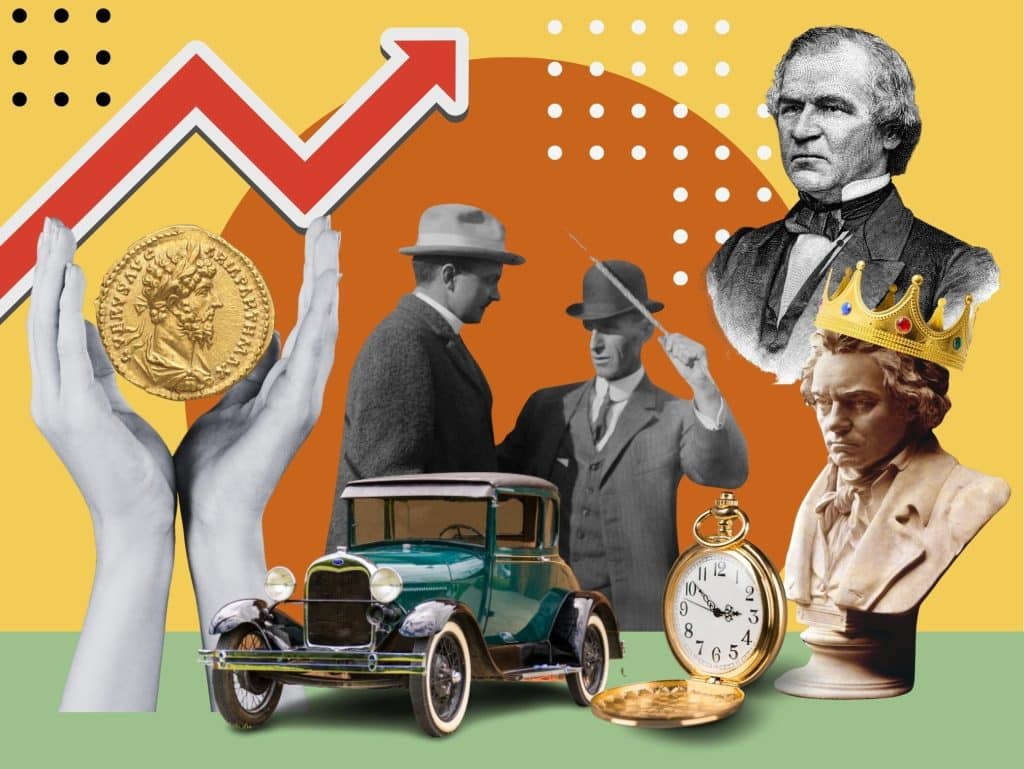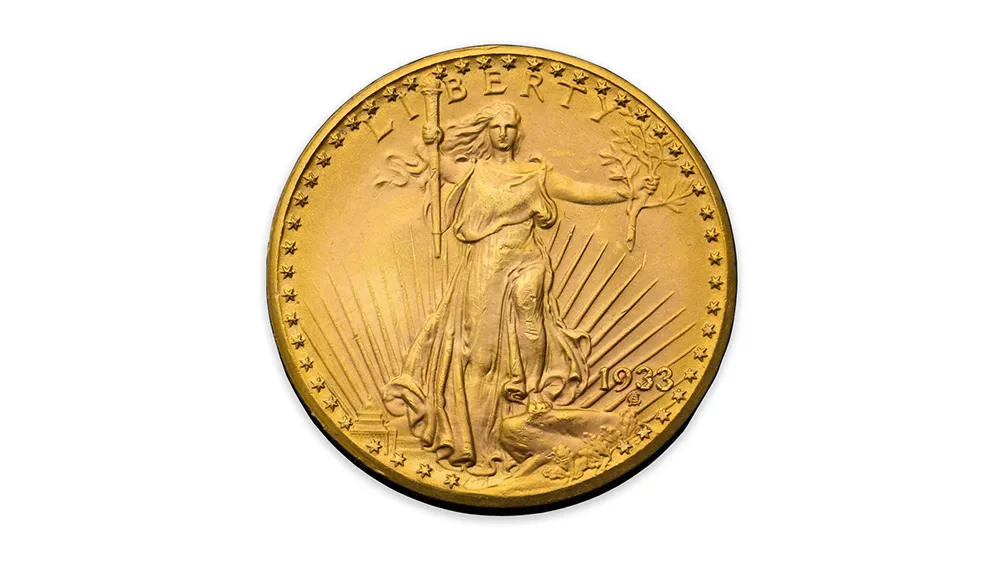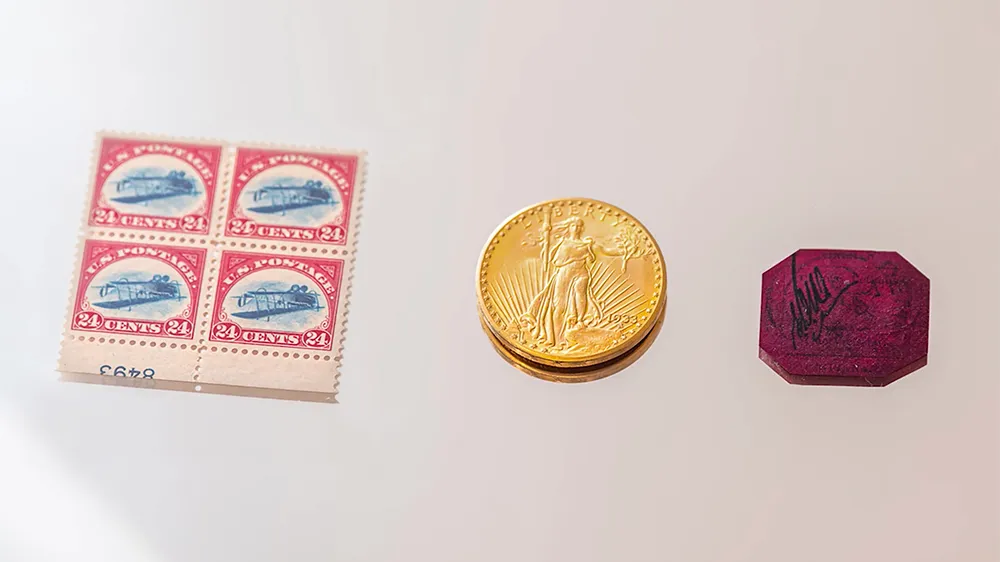
Mona Lisa: The 1933 Double Eagle Historic Auction
Introduction
Known as the collector coins’ “Mona Lisa,” the 1933 Double Eagle recently brought in an incredible $18.9 million at a Sotheby’s auction. This record-breaking sale highlighted the coin’s amazing history and timeless appeal. Utilizing the rare collectible platform, RarityX could increase the visibility and worth of these remarkable objects even more.

The Importance of this Auction
World-wide coin and antique dealers were enthralled by the 1933 Double Eagle auction. The ultimate hammer price was far more than the projected $10 million to $15 million range. This record-breaking sale resulted from a three and a half-minute bidding war conducted over the phone and in Sotheby’s New York saleroom.
Shoemaker Stuart Weitzman paid $7.9 million for the Double Eagle in 2002. This $20 coin, sometimes dubbed the “Mona Lisa” of numismatics, was never produced because President Franklin D. Roosevelt chose to end the gold standard. This surviving coin is quite rare because most of them were ordered to be destroyed.

The 1933 Double Eagle: An Overview
The intriguing past and rarity of the 1933 Double Eagle are what draw people in. Its uniqueness as the only privately held example adds to its value. The British Guiana One-Cent Magenta stamp and a sheet of “Inverted Jennies,” which Stuart Weitzman sold in Sotheby’s “Three Treasures” auction, brought $8.3 million and $4.9 million, respectively.
Thirty-two million dollars in profits were given to the Weitzman Family Foundation among others. The way this foundation supports medical research and higher education demonstrates how valuable collectibles can help significant charitable projects. RarityX’s platform can help to promote and increase awareness of these charitable and historical stories.
Preservation through RarityX
RarityX seeks to improve the way uncommon artifacts like the 1933 Double Eagle are presented and preserved. Via interactive bidding experiences, thorough provenance tracking, and virtual tours of rare coin collections, RarityX exposes these amazing objects to a worldwide audience. Collectors and enthusiasts alike can be engaged by the interactive content and high-definition images on their platform.
What the Collector Market Might Look Like Down the Road
The 1933 Double Eagle sale raised the bar for numismatics by demonstrating the ability of uncommon collectibles to enthrall people worldwide. By assembling online galleries of rare objects, sites like RarityX can help to concretize this potential. The interactive material and thorough histories in these galleries will facilitate collectors’ and enthusiasts’ appreciation of these gems.
With its method, RarityX not only keeps these products’ histories intact but also makes them more marketable. Their creative approaches guarantee that the anecdotes about these uncommon collectibles will enthrall next generations. With its all-inclusive provenance and authentication procedure, RarityX raises the trust connected to every item.
Impact of High-Value Auctions
Rare collectible interest is growing, as seen by high-value auctions like the one that sold the 1933 Double Eagle. These auctions exhibit the historical and cultural importance of these objects in addition to their financial worth. The success of these auctions inspires more collectors to invest in rare objects since they know that sites like RarityX will protect and highlight their finds.
Conclusion
The 1933 Double Eagle’s $18.9 million record-breaking auction at Sotheby’s solidified its place among the world’s most sought-after coins. At the auction, it was clear how important this coin is historically and how popular collectors find it still. RarityX’s creative approaches and technologies suggest that rare collectibles have a bright future. Because of the initiatives of platforms committed to preserving and presenting their individual stories, these amazing objects will inspire more people and endure forever.